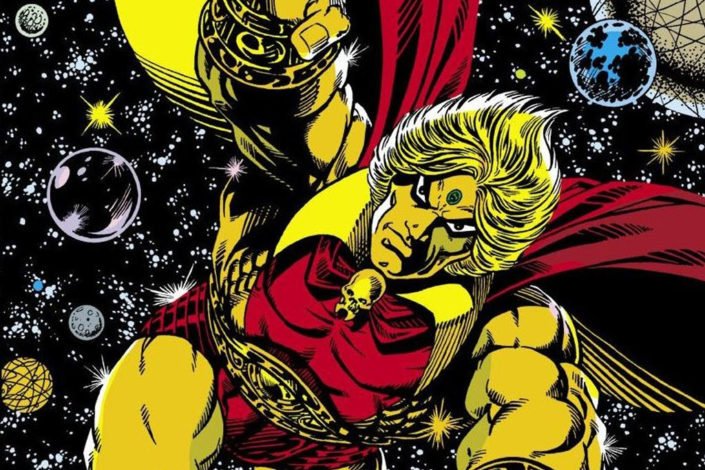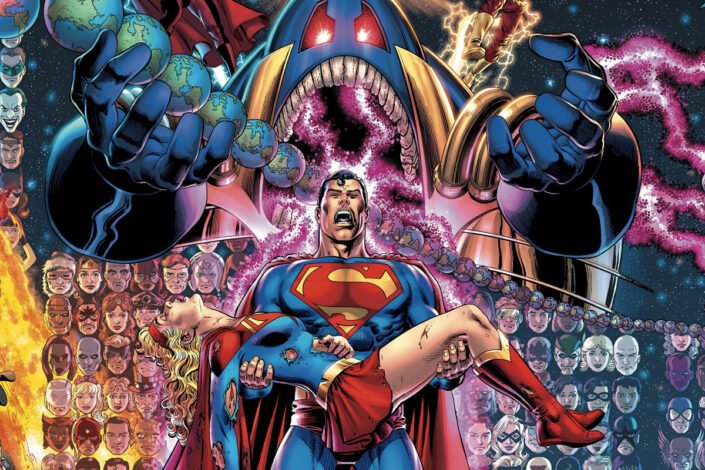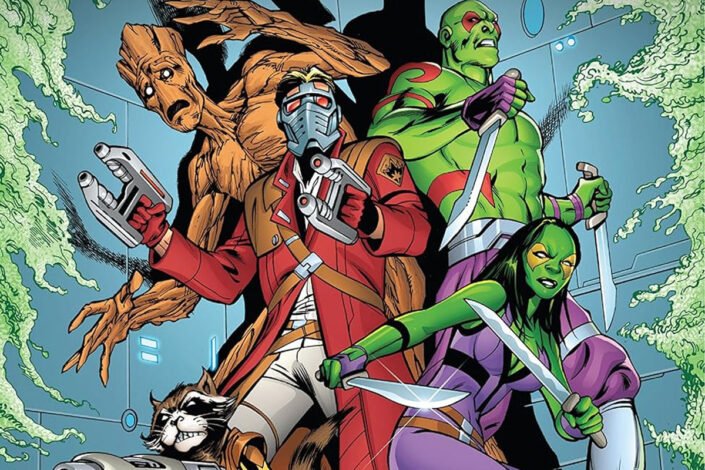Captain America Reading Order

Created by Joe Simon and Jack Kirby, Captain America was introduced in March 1941 to fight the AXIS powers during WWII. He was the most popular character from Timely Comics (a predecessor of Marvel Comics) during the wartime period before fading into obscurity with falling sales in the 1950s.
If several heroes bearing the flag motif didn’t survive and are forgotten today, the man known as Steve Rogers found his way back to the public when The Avengers got him out of ice in 1964. He became a man out of time but one still committed to fighting evil in all its forms. Though he sometimes struggles to maintain his ideals, Cap never gives up and always stands up for what he believes is right. It’s no wonder he became a highly respected figure both with the American public and in the superhero community, serving as the long-time leader of the Avengers.
More than a man, Captain America is an American icon, a symbol of hope. For this reason, other men have taken the mantle of Captain America in Steve Rogers’ various absences, including John Walker, Bucky Barnes, and Sam Wilson.








